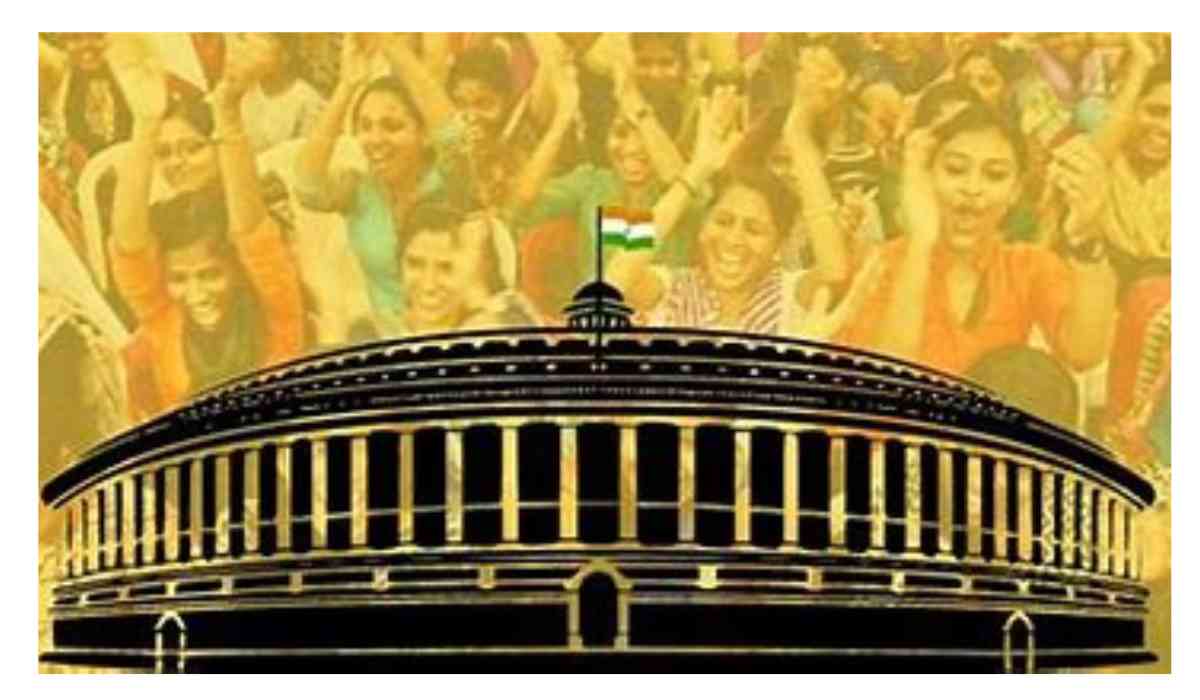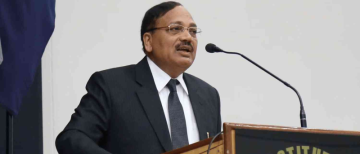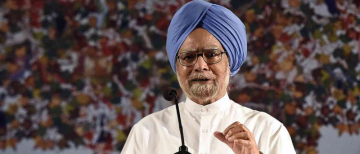Historical background
The tale of women in Indian politics begins from the 1200s era and it would be wrong to say that it has improved considering the form of government we follow now. Razia Sultan defied norms as the only woman ruler, yet resistance didn’t let her do what she could. Queens like Ahilyabai Holkar and Rani Durgavati ruled with wisdom but remained eclipsed. Many, like these, laid foundations but never seized lasting power.
The conventional tale of women in Indian politics after indipendence often kicks off with Indira Gandhi, the "Iron Lady" who fought her way to the top, still faced patriarchal comments initially. But long before she made the headlines, many women were making footnotes, sharp, significant, yet conveniently sidelined. Leaders like Sarojini Naidu, the first woman to preside over the Indian National Congress, and Vijayalakshmi Pandit, who diplomatically maneuvered India’s global presence, were paving the way while the limelight was busy shining elsewhere. Even in the Constituent Assembly, trailblazers like Dakshayani Velayudhan and Rajkumari Amrit Kaur were determining India’s democratic foundations, though history often remembers them as supporting characters in a script dominated by men. Indira may have grabbed the mic, but the chorus of women before her ensured there was a stage to stand on.
Jarring Statistics
Inverse relation between level of power and representation hasalways existed in the society, At the panchayati raj level, women occupy between 33 and 50 percent of the seats, not due to progressive political practices, but rather because of legal mandates.
In municipal corporations, the representation of women as mayors stands at a mere 14 percent. While cities evolve, their leadership remains reminiscent of a monochrome image from the 1950s.
Representation of women remains stagnant at 9% in state legislative assembly, they do worse with no reservation for women, if left to natural progress then politics will be deprived of half of the population and it’s expertise.
The House, regulator of the country, Lok Sabha which makes policies and hold discussions for everyone in the country has merely 15% women in it.
Women make up about 13% of the Rajya Sabha members. The upper house also sees staggering figures and who’s surprised? Nobody, and that’s a shame.
Technically how majority rule works, men alone are making rules for everyone, sounds familiar no? because this is what has always been happening in this society. Every women directly or indirectly in our country fall prey to patriarchal mindset, even men in a way they tolerate the cannibalism of men eating up men with the thought-process and governing or I may say ruling style they have.
Women Wear The Crown, Men Sit On The Throne- Reality Of Local Governments
Situation turns out to be better in local government institutions as there are one-third reservation for women in PRI (Panchayati Raj Institutions) and Nagar Palika, Nagar Nigam, and there’s almost 40-50% of elected women on that level, but how can we underestimate the men of our society by believing that they might let this happen, the “Pati” or one may call them “Sarpanch Pati” the husbands and male relatives sit on the positions won in the name of a women, they make women wear the crown and sit at home whereas they go outside and claim the title meant for someone else.
The Great Indian Political Boy’s Club
Reasons for under-representation of women in indian politics
-
Glass Ceiling: A situation where women instead of having equally long and firm backbone, fall short in their standing owing to patriarchy and societal conventions, breaking this ceiling many women has got a shard of glass piercing.
-
Money And Muscle Power: Sadly this is what our politics majorly lives on, and thrive so, women have been structurally thrown out of this structure and deprived of both.
-
Emotional Conditioning: “Impulsive decision maker” is what we use for women administrators, and want them to take it as a compliment because as a mother, sister, wife she is conditioned to do that, and with time she is just confined to that, but someone who just take decisions impulsively is rather stupid, which women are not, they are as capable of making harsh decisions as anyone else in this world.
-
Drapes Over Debates: If a women politician is getting viral on internet, the focus will always be either on their saree, the way they’re looking, or who are they married or related to, policies which they made or are talking about have very less limelight and appreciation.
-
Nation Needs Them More Than Kitchen: How many abled and full of skiils women are in the kitchens burning their lives and potential on the flames of orthodoxical norms, it’s a complete wastage of almost half of the country’s potential, if looked at without the lens of prejudice then men are equally disadvantaged in this lose-lose situation.
From Tokenism To Authenticism
-
Women Reservation Bill: Implementation of this in state and central legislative assembly will surely ensure good representation as the tokenism is not easy as it’s a very systematic process of pan india telecasting, regular attendance, and awareness amongst people.
-
Tackling Financial and Physical Barriers: Advocate for public funding dedicated to female candidates and enhance security protocols to combat harassment effectively.
-
Media Accountability: Redirect attention from the personal aspects of candidates to their policies, while establishing gender-sensitive reporting standards.
-
Legislative Changes: Fortify anti-harassment legislation, mandate gender audits within organizations, and impose penalties for sexist conduct in politics.
-
Inclusive Representation: Proactively uplift Dalit, Adivasi, and rural women in the political arena, addressing the various dimensions of discrimination they face.
Madam Ji, Your Seat Is Secured… Yet Someone Else Controls the Narrative
She may claim victory in the election, but he is the one delivering the speeches. She dons the sash, while he dictates the direction. In Indian politics, women are often given seats but not the authority. Invited to the conversation, but rarely allowed to lead it. Quotas and token representation create a misleading sense of progress, while the same old power brokers retain control over real decision-making. The glass ceiling isn’t truly broken; it’s merely polished to appear less visible. Until women are the ones commanding the microphone, the pen, and the final say, democracy will remain a male-centric institution where women are merely guests, not the ones driving the conversation.
With inputs from agencies
Image Source: Multiple agencies
*The views expressed are personal to the author and do not reflect the platform's opinion of the same.
© Copyright 2024. All Rights Reserved Powered by Vygr Media.
Author's profile:
Arhan Ali is a sharp observer of economic and political currents, known for blending keen analysis with a dash of wit. Whether dissecting global trade wars or taking a playful jab at social absurdities, his writing strikes the perfect balance between intellect and irreverence.

























